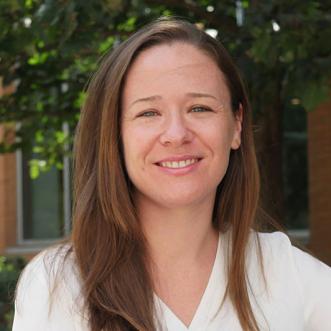




Overview
How does sensory feedback from the body impact organ function? What happens if this feedback breaks down? Our group seeks to define the receptors, neural circuits, and effects of sensory signaling from visceral sites like the mammalian airways.
With each breath, the airways are exposed to inhaled insults from the outside world. Neurons that innervate the respiratory tract must detect a wide array of chemical and mechanical insults and trigger appropriate reflexes to preserve organ function. These neural pathways are essential for autonomic health, yet their underlying cellular and molecular components remain poorly defined. We employ a diverse experimental toolkit--combining mouse genetics, imaging, optogenetics, genomics, cell culture, and surgical techniques--to explore how bodily signals are transduced, encoded and addressed at this vital barrier tissue.
Molecular and cellular mechanisms of interoception
How do physical cues get converted into electrical signals? Across various organs, sensory neurons form complex ‘end organs’ with resident cell types to transduce specific sensory information. For example, we have taste buds on our tongue that help us perceive the chemical content of our food, enteroendocrine cells in the gut that report on a meal’s nutritional status, or Merkel cell-neurite complexes in the skin to help us feel gentle touch. Do similar end organs exist in the airways, and if so, what are they sensing? What receptors do they employ? We use both in vivo and in vitro cell culture models to identify mechanisms of information encoding at the airway surface.
Neuronal control of tissues
Neurons are long-lived effectors that coordinate cellular responses across vast distances. For example, neurons may communicate with other peripheral cell types to control organ development, regeneration, and injury responses to stress. By combining classic physiology and modern genetic approaches, we aim to understand how the nervous system instructs epithelial maintenance and remodeling during homeostasis or following various types of airway damage.
Autonomic disease
Airway diseases like chronic obstructive pulmonary disease (COPD), lung cancer, asthma, and now COVID-19 rank among the leading causes of death around the globe. Environmental risk factors often include cigarette smoking, pollution, and inhaled occupational hazards - stimuli that directly engage and perturb neural pathways. We seek to understand how the nervous system adapts at the molecular, anatomical and circuit level in response to chronic exposures, and how these adaptations contribute to the progression or resolution of disease. To do this, we leverage mouse disease modeling to examine how neural circuits change in pre-disease and disease states, and to pinpoint critical access points for therapeutic intervention.
Sara Prescott joined the MIT Department of Biology in 2022 and The Picower Institute for Learning and Memory the following year. Her research investigates how sensory inputs from within the body control mammalian physiology and behavior. Specifically, she uses mammalian airways as a model system to explore how the cells that line the surface of the body communicate with parts of the nervous system. For example, what mechanisms elicit a reflexive cough? Prescott considers the critical questions of how airway insults are detected, encoded, and adapted to mammalian airways with the ultimate goal of providing new ways to treat autonomic dysfunction.
Prescott earned her bachelor's degree in molecular biology from Princeton University in 2008 followed by her PhD in developmental biology from Stanford University in 2016. Prior to joining MIT, she was a postdoc at Harvard Medical School and Howard Hughes Medical Institute.
Follow Prescott on Twitter: @SaraPrescott6
Photo credit: Raleigh McElvery
Katie Blackwell, Graduate Student
Carson Cornett, Senior Research Support Associate
Emily Robinson, Graduate Student
Julia Van Goor, Graduate Student